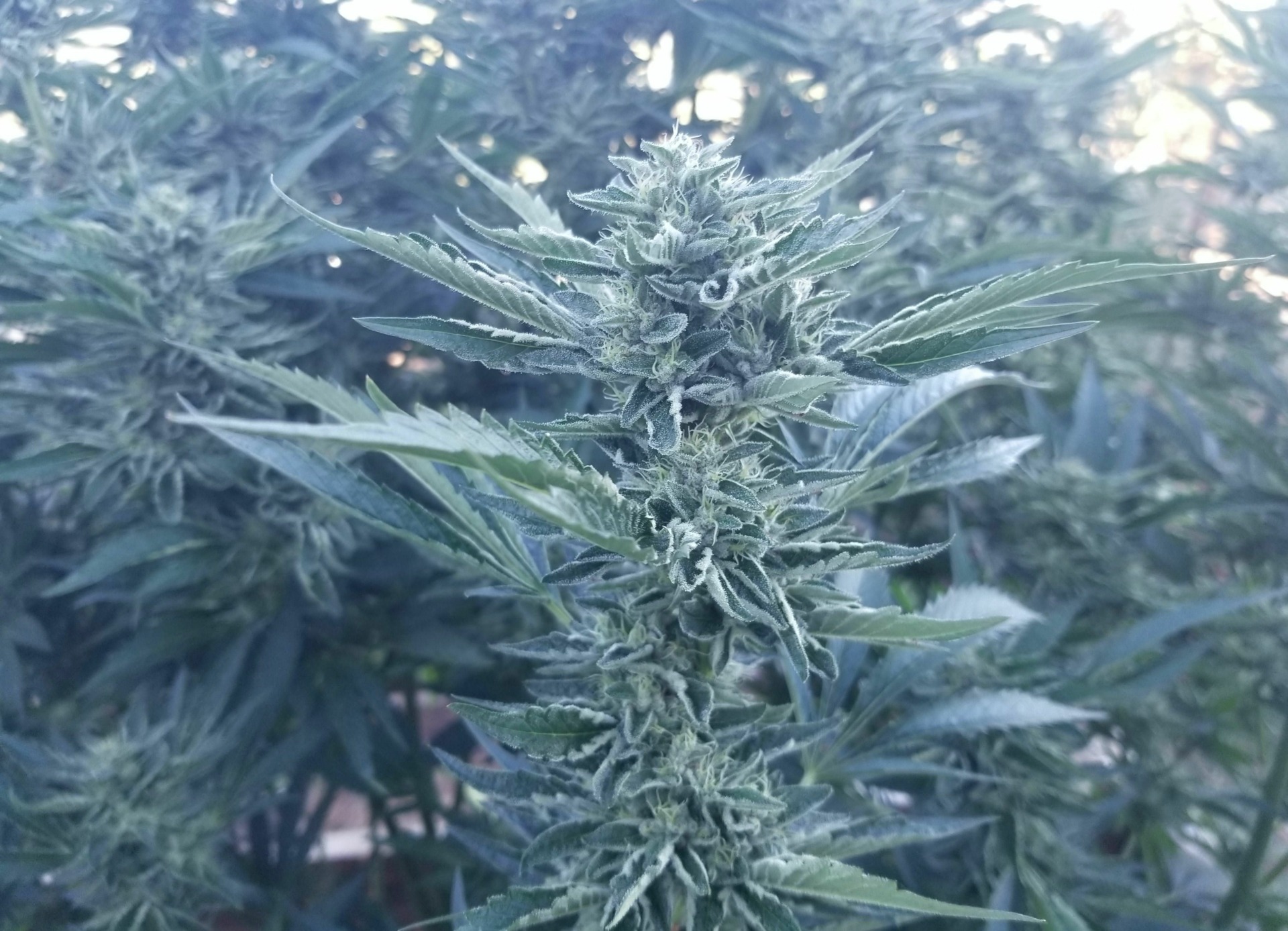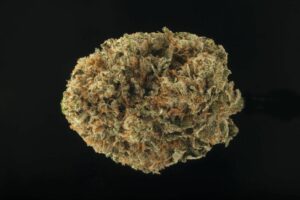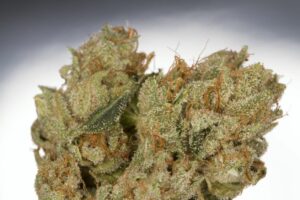Long ago, cannabis plants grew wild, in regions as far-flung as the Mongolian steppes and the monsoon-soaked hills of Thailand. The plant adapted to its location, gradually morphing into two separate members of the cannabis family: indica and sativa. Botanists identified the two cannabis varieties over 250 years ago. Then, many years later, they identified a third species—the non-psychoactive Cannabis ruderalis.
Botanists aren’t in agreement about the geographical origins of cannabis, but it appears that early humans used cannabis as a source of:
- Food
- Oil
- Paper
- Fiber
- Spiritual enrichment
- Medicine
Since then, everything has changed. The explosion of cannabis cultivation and the belief that different strains result in different effects has elevated the conversation about the variations between indica and sativa marijuana strains.
FOLLOW US ON FACEBOOK & INSTAGRAM
But what’s the science behind the differences in the two varieties? And should you still rely on these two labels when choosing cannabis products for your specific needs?
Cannabis Sativa: Long, Lean & Loves the Rain
Generally speaking, people consume sativa strains when they’re looking for energizing, uplifting effects. Normally, folks report that after consuming a sativa marijuana strain, they feel happier, more open to socializing and their senses are enhanced.
Visually, Cannabis sativa plants are associated with lanky, tall plants sporting the classic, narrow leaves often associated with cannabis art. They continue to be the winners of height competitions, regularly growing over 10 feet tall and more than capable of growing twice that.
Sativa-dominant buds sometimes present as lengthier and fluffier, and it’s not unusual for the flowers to display colors ranging toward the orange spectrum.
Sativas were originally bred for their size, but they take longer to mature. So that’s just one of the reasons breeders began to hybridize these plants. This commercialization and industrialization changed the trajectory of the plant forever.
Cannabis Indica: Bushy, Hardy & Tough
Traditionally, cannabis consumers turn to indica strains when they’re looking for sedative effects to help ease pain and insomnia.
Cannabis indica developed in colder climates—hence the variety’s strikingly different characteristics from its tropics-loving cousin. Indica-dominant plants are generally shorter and stockier, with broader leaves than sativa strains. It’s not unusual to see mature, indica-dominant strains less than five feet tall, with each branch producing bicep-sized, extremely dense, compact buds.
Before crossbreeding took the cannabis world by storm, indica buds were prized for their dense structure and tendency to present with bluish to purple hues. But color alone doesn’t identify one species from another, as sativas grown in cooler climates may also express beautiful, indigo hues.
Adapting to harsher conditions in Afghanistan, Morocco and yes, the Hindu Kush mountains, indica species became sought after for their high concentrations of resin that protected them from the elements.
Because they often handle adverse weather conditions better than their tropical sisters do, indica-dominant marijuana strains became a go-to for farmers and breeders living in the nation’s largest cannabis-producing region: the Emerald Triangle, in Northern California. There it’s not unusual to have rain or even snow pummel mature plants at the height of an October harvest.
Cannabis Genetics 101: Landrace Strains & Crossbreeding
In the U.S., cannabis farming developed in places with more favorable climates, as many parts of the country were too cold or hot to reliably grow the plants. Seeds were initially smuggled into the country by intrepid travelers and military veterans who found relief from the rigors of battle with Afghani Hash or Thai Stick.
Landrace cannabis strains are defined as those that have never been crossed with any other strains. They’re often identified by their country of origin—Hindu Kush or Panama Red.
Another way to think of landrace strains is equivalent to the grandmother of today’s varieties. Though aficionados may quibble about which strains qualify as landrace, some that are often associated with landrace strains include:
- Thai
- Durban Poison
- Acapulco Gold
- Lamb’s Bread
- Afghani
You’ve Been Told You Need an Indica Marijuana Strain for Relaxation, But Is That Really True?
It’s the landrace strains that are progenitors of some of the most beloved, popular strains today—but as time moves on, they’re becoming harder to find. Folks often seek out a true sativa or indica cannabis strain based on a belief that an indica- or sativa-dominant marijuana strain will more reliably possess the results they want.
But really, it’s the chemotype—the combination of cannabinoids like tetrahydrocannabinol (THC) and cannabidiol (CBD) along with the terpene profile—that is often the better determiner of a strain’s effects, and not whether it’s labeled as an indica or sativa strain.
Using your nose may be a better way to find marijuana strains that work for you. A citrusy-smelling strain contains the terpene limonene and is likely to make you feel energized and upbeat. Meanwhile, cannabis with a peppery, woody aroma carries the terpene beta-caryophyllene, which may help you reduce pain and inflammation.
Though your friendly cannabis concierge may ask if you prefer an indica or sativa strain, take the time to investigate the flower’s cannabinoid and terpene profiles. These days, reputable marijuana brands and retailers will tell you as much about how much linalool is in your bud as there is THC.
But for now, it’s most likely that you’ll encounter hybrid marijuana strains when you’re ready to make a purchase. Some can be more sativa-dominant like:
- Blue Dream
- Sour Diesel
- White Widow
- Purple Haze
Or you can also find hybrids that are more indica-leaning like:
- GSC
- Northern Lights
- Granddaddy Purple
And just for fun, if Panama Red shows up where you buy your marijuana flower, give it a try—and tip your hat to those brave souls who brought these amazing strains across the world, changing it in the process.
If you’re new to cannabis and want to learn more, take a look at our Cannabis 101 index of articles. HelloMD can help you get your medical marijuana recommendation; it’s easy, private and 100% online.






